Oct. 29, 2024, 7:57 PM UTC
By Lynda Lin Grigsby and Emilie Ikeda
MANZANAR, Calif. — Swinging at the first pitch on a hallowed baseball field was 23-year-old Logan Morita. As the crowd fell quiet, he thought of a great-uncle, Jimmy Masatoshi Morita, who 80 years before played for a baseball team at Manzanar, one of 10 Japanese American concentration camps erected by the U.S. government during World War II.
Painstakingly rebuilt in the barren landscape of the camp, the field hosted games on Saturday for the first time since it closed in the 1940s. Players from the Japanese American League, along with friends and family of former incarcerees, played in a tribute to the baseball teams formed at prison camps across the country during the era.
Logan Morita, an electrical engineering student at the University of California, Davis, had never been to a Japanese incarceration camp before and was struck by the power of place, how it captured his family’s history in a way that doesn’t jump off the pages of a school textbook.
“It’s honestly a surreal experience,” he said. The Lodi-native reflected on the arduous journey his grandparents and great grandparents made to reach California’s high desert and the unforgiving sun baking the field of play. “It says that they’re resilient,” he said, pointing out the baseball field, garden and school that Japanese Americans built behind barbed wire. No matter the conditions, “they just get back up,” he said.
As it was during WWII, baseball at Manzanar isn’t just about the score or a winning record. The attendees at the weekend games said it was about a reclamation of space, community and power. The game seems so simple, but what it represents is boundless. Back when barbed wire restricted freedom, Manzanar players found solace on a field that organizers and volunteers have now rebirthed and made their own.
In the morning game, 13-year-old Rylen Yamamoto, playing with the JACL Lodi Templars, struck out three batters in a row against the Li’l Tokio Giants. The afternoon brought an all-star game — Southern California players from the Japanese American League faced off against Northern players. Dressed in throwback uniforms, the all-star players teased each other about the baggy vintage fit while friends and family watched from newly built bleachers.
Blink and it’s the 1940s again at Manzanar.
“It just seems so right,” said Mike Furutani, 56, a Templars player and manager of the North All-Stars, about the significance of these inaugural games featuring Japanese American teams. “As a player, I just want to play the game. That’s why they played at the camps. Because they wanted to feel normal even just for a few hours.”
Labor of Love
In the camps, baseball was more than a pastime; it was a lifeline. After Japan’s 1941 attack on Pearl Harbor, President Franklin D. Roosevelt signed Executive Order 9066, which forcibly relocated Japanese Americans from the West Coast into government-run prison camps. Despite grim conditions, baseball flourished, especially at Manzanar where there were 100 baseball teams and 14 softball teams.
“It was a mecca for baseball,” said Kerry Yo Nakagawa, historian and founder of the Nisei Baseball Research Project.
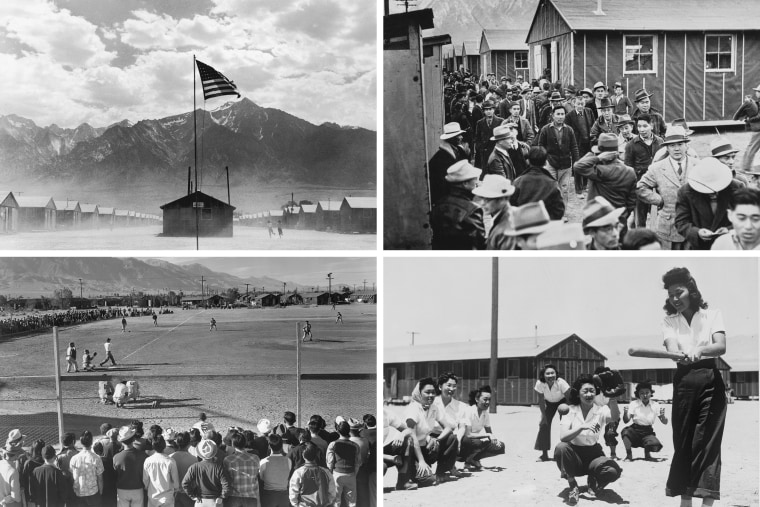 120,000 Japanese Americans were sent to prison camps during WWII by executive order.Getty Images; Ansel Adams/LOC
120,000 Japanese Americans were sent to prison camps during WWII by executive order.Getty Images; Ansel Adams/LOCWhen Manzanar closed at the end of WWII, most of its infrastructure — including the baseball field — was dismantled or left for the desert to reclaim. In 1992, the former prison camp became a national historic site later run by the National Park Service. Over time, replicas of the guard tower and barracks were built to tell the stories of what happened there. Then Manzanar officials began asking, Why not restore the baseball field?
Dan Kwong, a Santa Monica-based artist, heard the call and became the de facto manager of the field restoration project. He thought about his late mother, Momo Nagano, who shed blood on the field as a catcher on a Manzanar softball team. A batter’s erratic swing had broken her nose. She would have wanted to make this happen, but what good is an idle field?
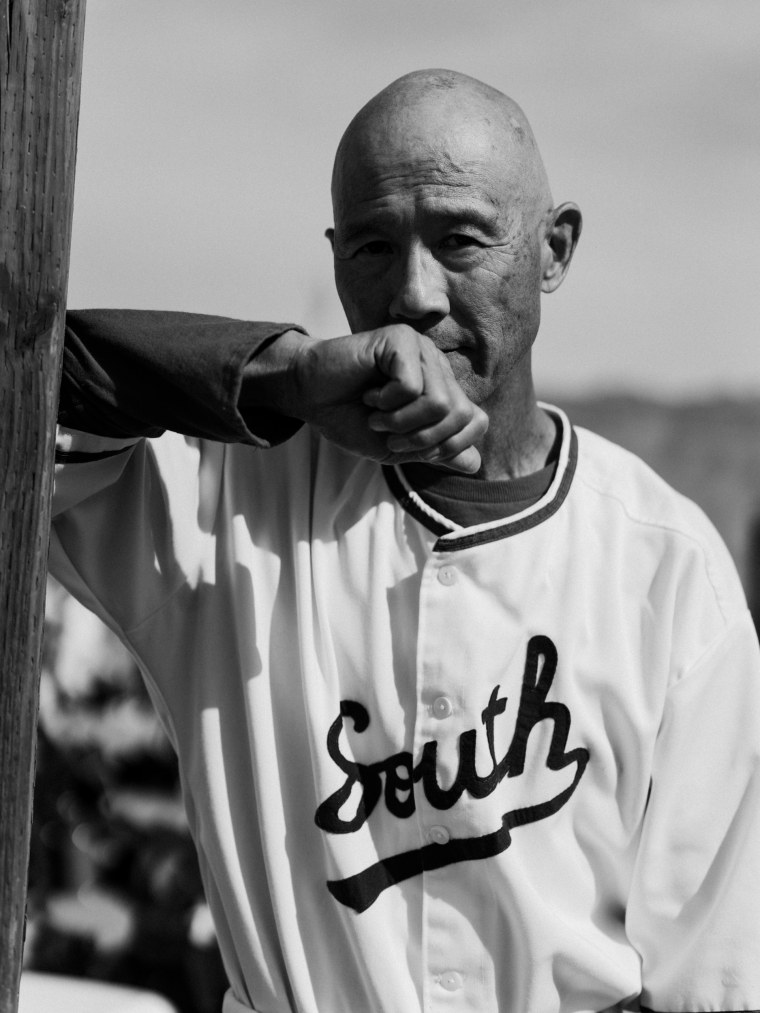 Dan Kwong became the de facto manager of the field restoration project.Ricardo Nagaoka for NBC News
Dan Kwong became the de facto manager of the field restoration project.Ricardo Nagaoka for NBC NewsKwong, 69, a Giants designated hitter, wanted to play games there just like his mother once did. He envisioned a double-header — a time capsule that transported players and spectators back to the wartime era.
The land at the foot of the Sierra Nevada often rejects taming. In a matter of days, the baseball field could be covered in an ocean of prickly Russian thistle tumbleweeds.
The problem was that no one knew exactly how the Manzanar incarcerees built the baseball field, Kwong said. No official construction records exist, and the original builders are gone. The only blueprints were the historical photos, which volunteers studied like map legends to guide the construction of the backstop, fence and “funky” field.
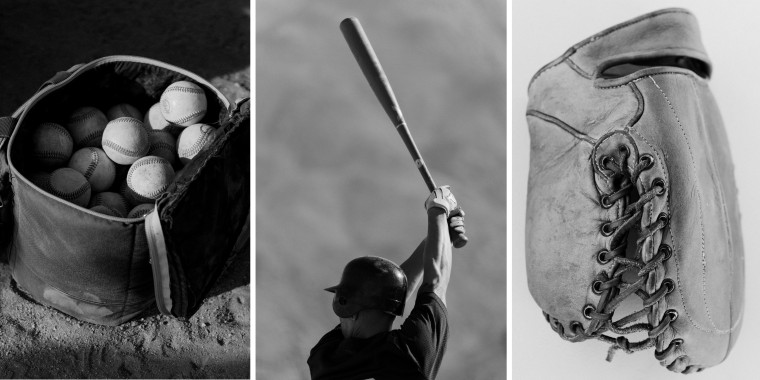 The weekend games paid tribute to Japanese Americans who formed baseball teams at prison camps when they were forced to relocate during WWII. Ricardo Nagaoka for NBC News
The weekend games paid tribute to Japanese Americans who formed baseball teams at prison camps when they were forced to relocate during WWII. Ricardo Nagaoka for NBC NewsJeremy Scheier, Manzanar National Historic Site’s new superintendent, knew the project would be a heavy lift for volunteers and his team of about a dozen employees. Extreme weather in the region, with temperatures that regularly swing 40-plus degrees and extreme wind gusts, repeatedly slowed construction of the field. On top of that, the rural setting at the eastern base of the Sierra Nevada made repairs complicated and expensive. But the role of baseball at Manzanar moved Scheier from the onset.
“Baseball is an American tradition,” Scheier said, quietly beaming on the outskirts of the crowd Saturday, and the sport can act as “an entry point for people who might not know the story” of Japanese incarceration camps.
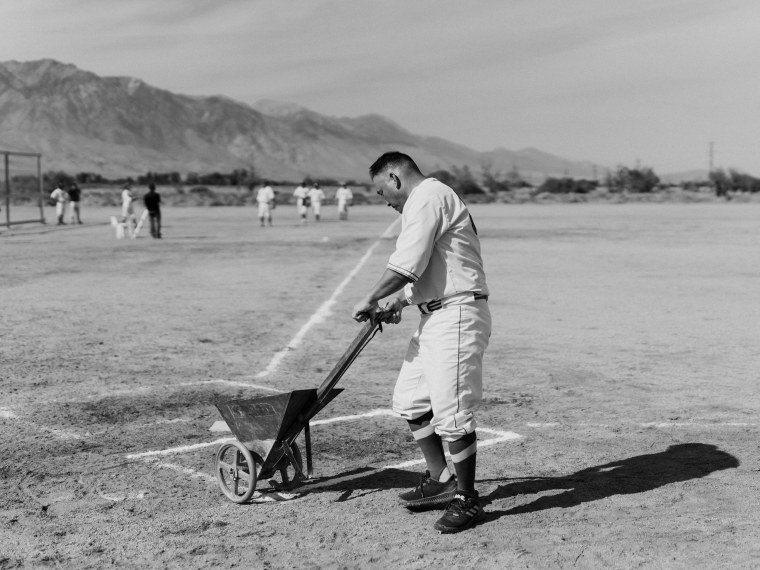 Marty Sakata laying down a fresh layer of chalk on the field with a historical chalk liner.Ricardo Nagaoka for NBC News
Marty Sakata laying down a fresh layer of chalk on the field with a historical chalk liner.Ricardo Nagaoka for NBC NewsBigger than just a game
For over six decades, Major League Baseball set unofficial rules that dictated who could play at an elite level — and who could form their own leagues. But Kenichi Zenimura, known as the father of Japanese American baseball, saw talent and potential beyond those boundaries.
In 1919, Zenimura established the Fresno Athletic Club, a Japanese American team that played against Babe Ruth and other elite MLB players. The club also helped to popularize baseball in a series of prewar goodwill tours in Japan and Korea.
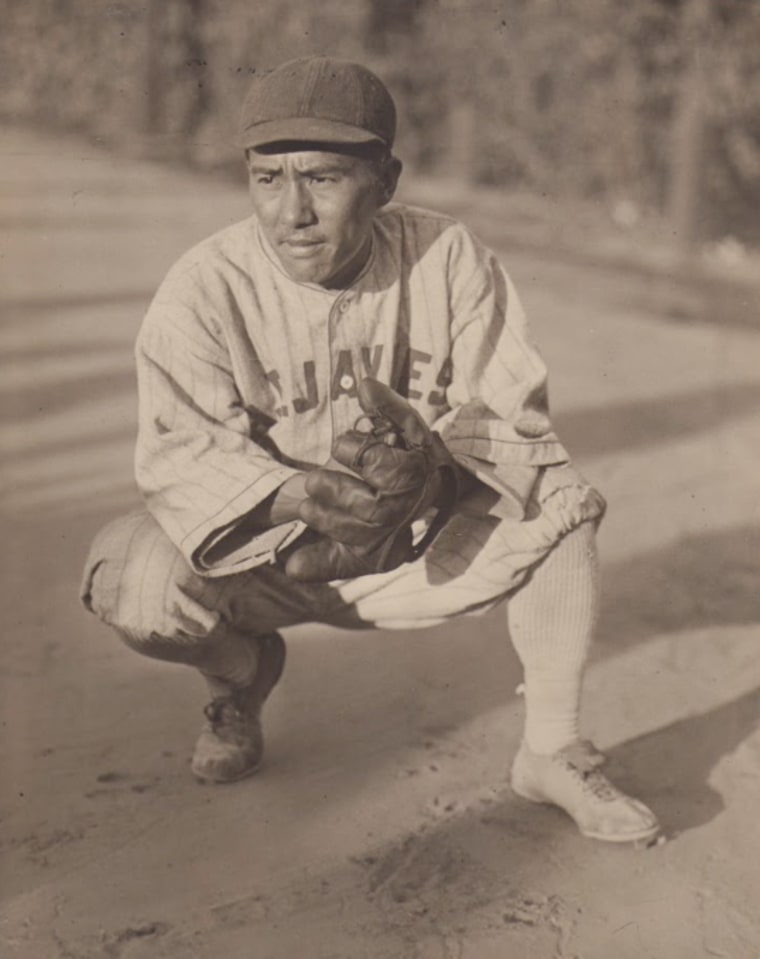 Kenichi Zenimura is known as the father of Japanese American baseball.Nisei Baseball Research Project
Kenichi Zenimura is known as the father of Japanese American baseball.Nisei Baseball Research ProjectOn Saturday, his great-grandson, dressed in the All-Star North’s throwback red-and-white uniform, stepped onto the Manzanar baseball field.
“Many would say that, yes, baseball runs in the blood,” said Brandon Zenimura, 40.
While incarcerated at Gila River, a concentration camp in Arizona, during WWII, his great-grandfather and grandfather built a baseball field in the Arizona desert. Playing at Manzanar puts Brandon closest to this part of his family history. What would his great-grandfather say if he were at Saturday’s game?
“Great grandpa would say, ‘Don’t suck,’” he said.
For many players, Manzanar’s painful history intersects with baseball’s hopeful promise.
As players slid for home in clouds of dust and fielded balls right before a wall of tumbleweeds, the Los Angeles Dodgers are vying for the World Series with Shohei Ohtani as their marquee star.
Ohtani’s rise in the MLB is inextricably linked to the pioneering work of Kenichi Zenimura, said Nakagawa, the historian.
Baseball connects all.
The games also echo today’s political climate. Last week, Japanese American leaders blasted former President Donald Trump for comparing Jan. 6 rioters to Japanese Americans incarcerated during WWII. Just like back then, players on Saturday cheered one another on.
“It’s just a great reminder, through a simple game of baseball, just where our country’s been and where our country has to go,” said Joshua Morey, 42, a Giants and All-Star South player. “Remembering that some of the mistakes we made in the past can never happen again.”
At the end of both games, the teams met in the middle of the field to congratulate each other. Most didn’t keep track of the score or stats of either game. For one day, winning or losing didn’t matter.
Lynda Lin Grigsby is a freelance journalist and editor who writes about the intersections of race, identity and parenting.
Emilie Ikeda is an NBC News correspondent.

 3 settimane fa
6
3 settimane fa
6
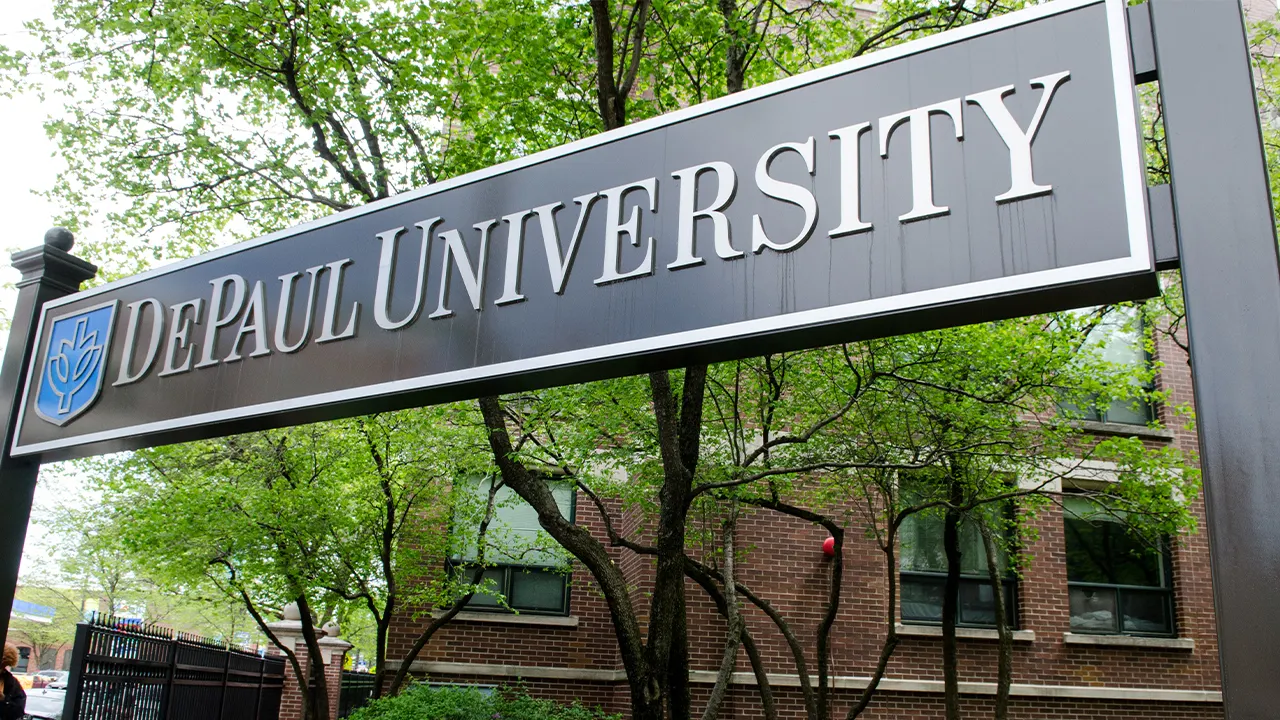

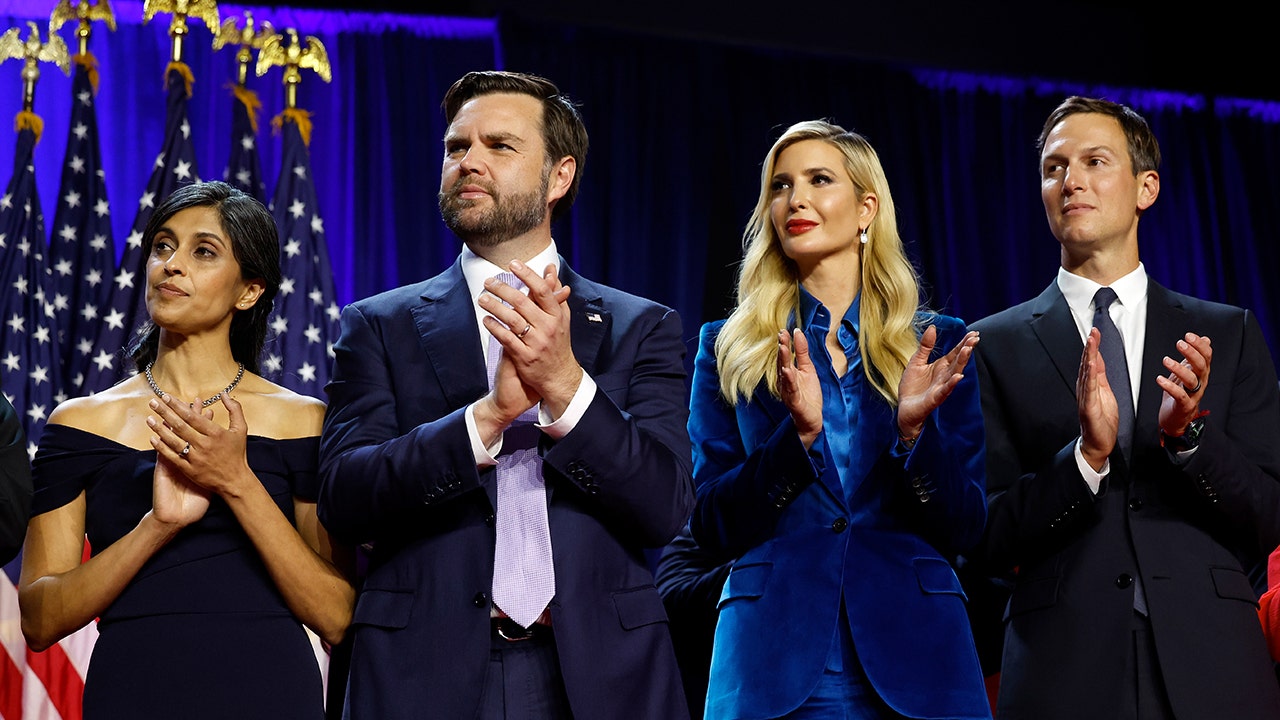


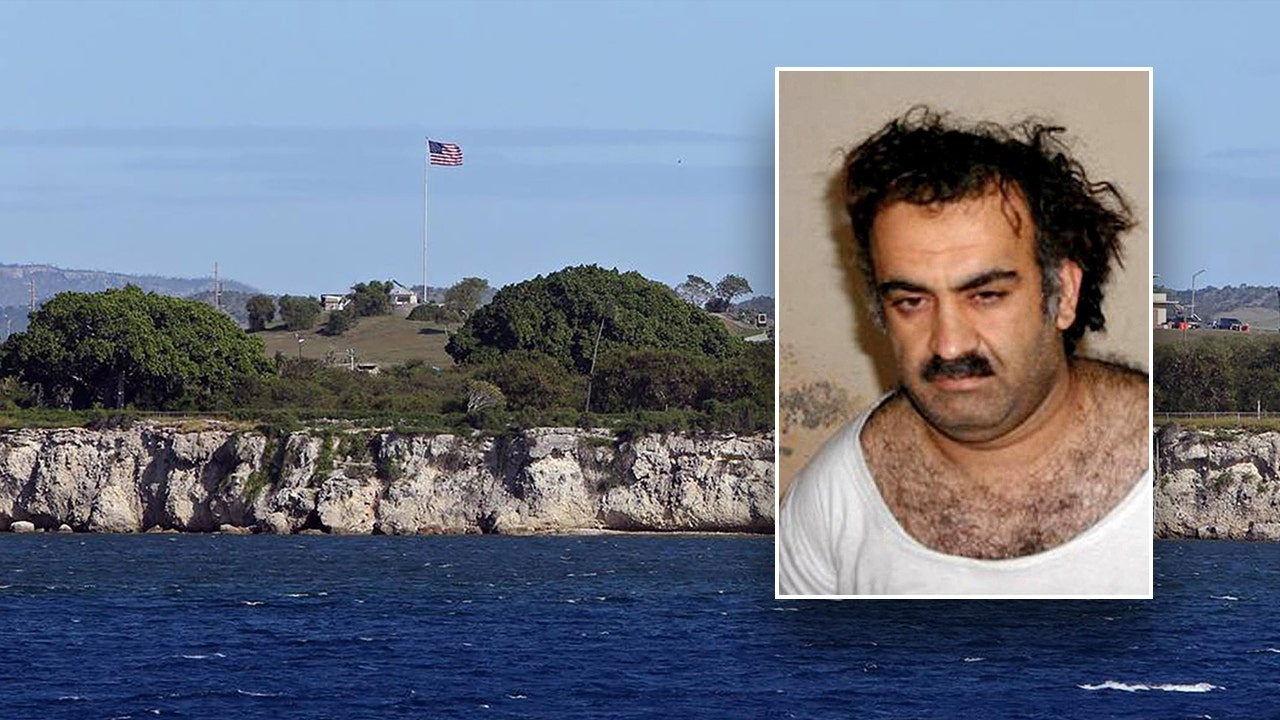
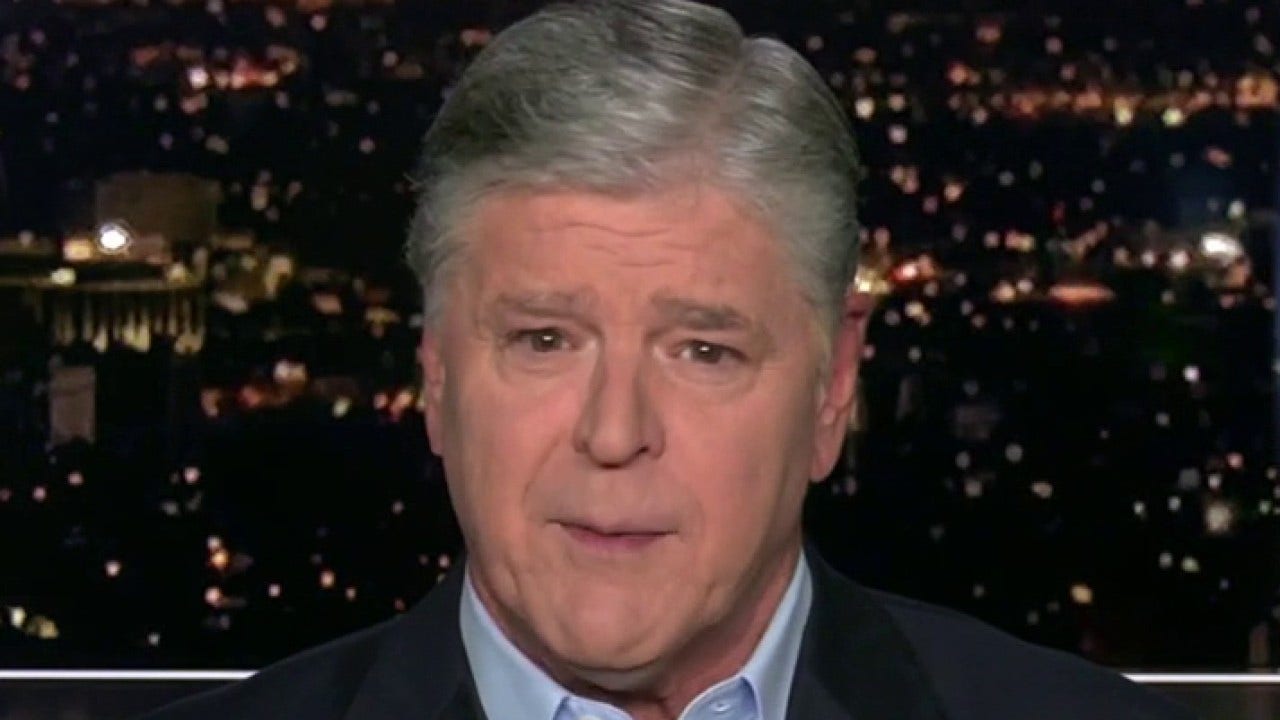

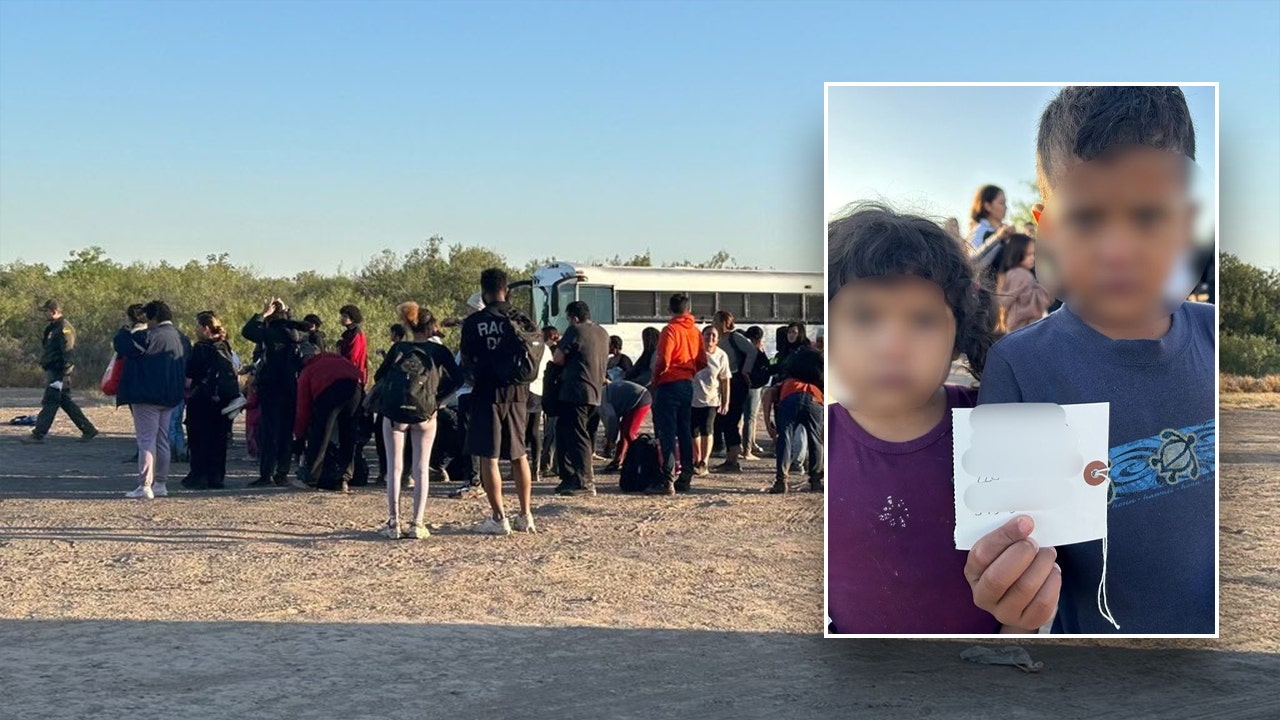






 English (US) ·
English (US) ·